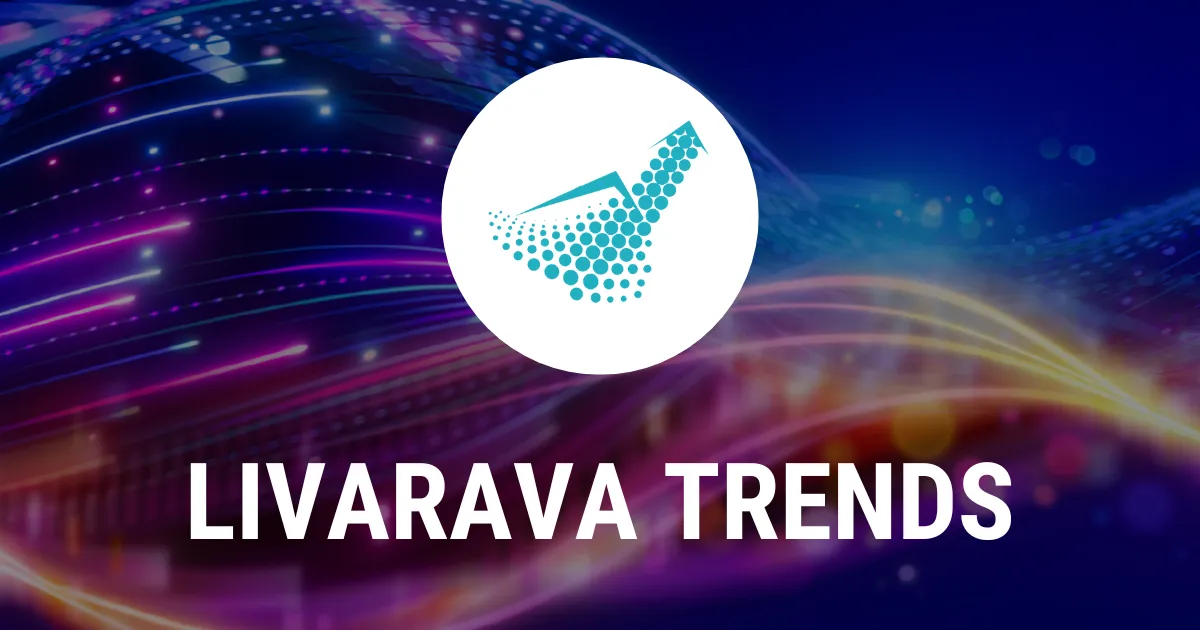cnbc: Understanding the Federal Reserve's Interest Rate Strategy

Federal Reserve's Decision on Interest Rates
The Federal Reserve is widely expected to reduce interest rates for the first time since 2020 during its meeting at 2 p.m. ET on Wednesday. This move represents a reversal from the tight money policy activated in 2022, at the height of inflation. The Fed aims to align rates closer to its 2% annual target and alleviate pressure on the economy.
What the Interest Rate Cut Means for Consumers
The anticipated cut in rates should lead to lower borrowing costs across various sectors. Consumer spending may cool off after strong growth, making the cut a crucial step. Businesses can also benefit, reducing operational costs and maintaining employment levels.
- Stock Market Reactions: Typically, stocks rally at the start of a rate-cutting cycle. However, if cuts continue amidst an economic downturn, markets may react negatively.
- Potential Impact on Loans: Mortgage rates, currently averaging 6.4%, are expected to decrease substantively, while rates on credit cards may not see similar adjustments.
Forecasts and Economic Outlook
Before this meeting, the Fed projected a federal funds rate around 5.1% for 2023, down from the previous 5.25% to 5.50%. Future economic developments will heavily influence subsequent rate adjustments.
- Savings and Deposits: Despite lower borrowing costs, high interest rates on savings accounts and CDs are on the decline.
- Trends in Consumer Debt: Most consumer debt follows the 10-year Treasury yield, which has sharply fallen, complicating predictions about the immediate effects of rate cuts.
This article was prepared using information from open sources in accordance with the principles of Ethical Policy. The editorial team is not responsible for absolute accuracy, as it relies on data from the sources referenced.